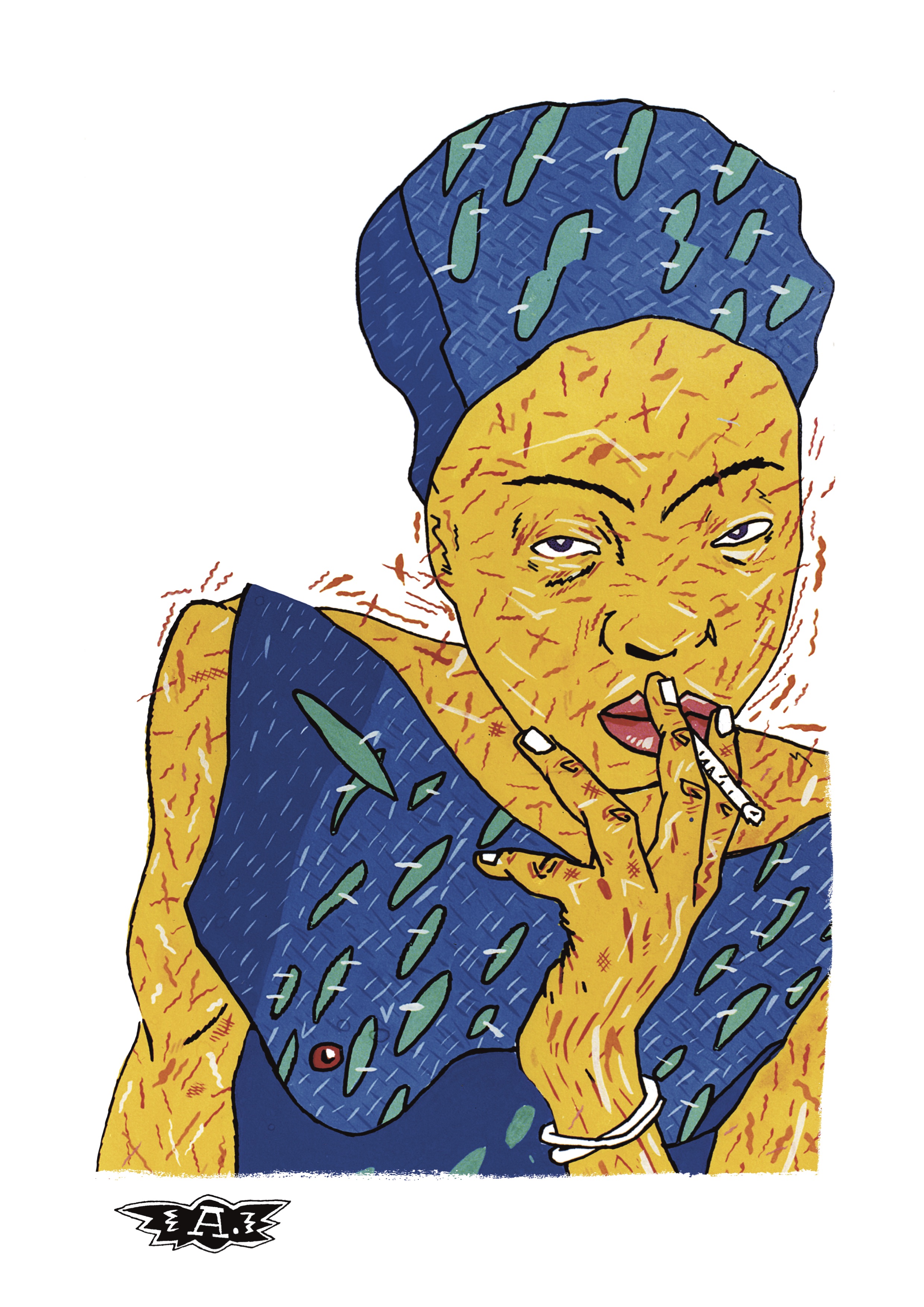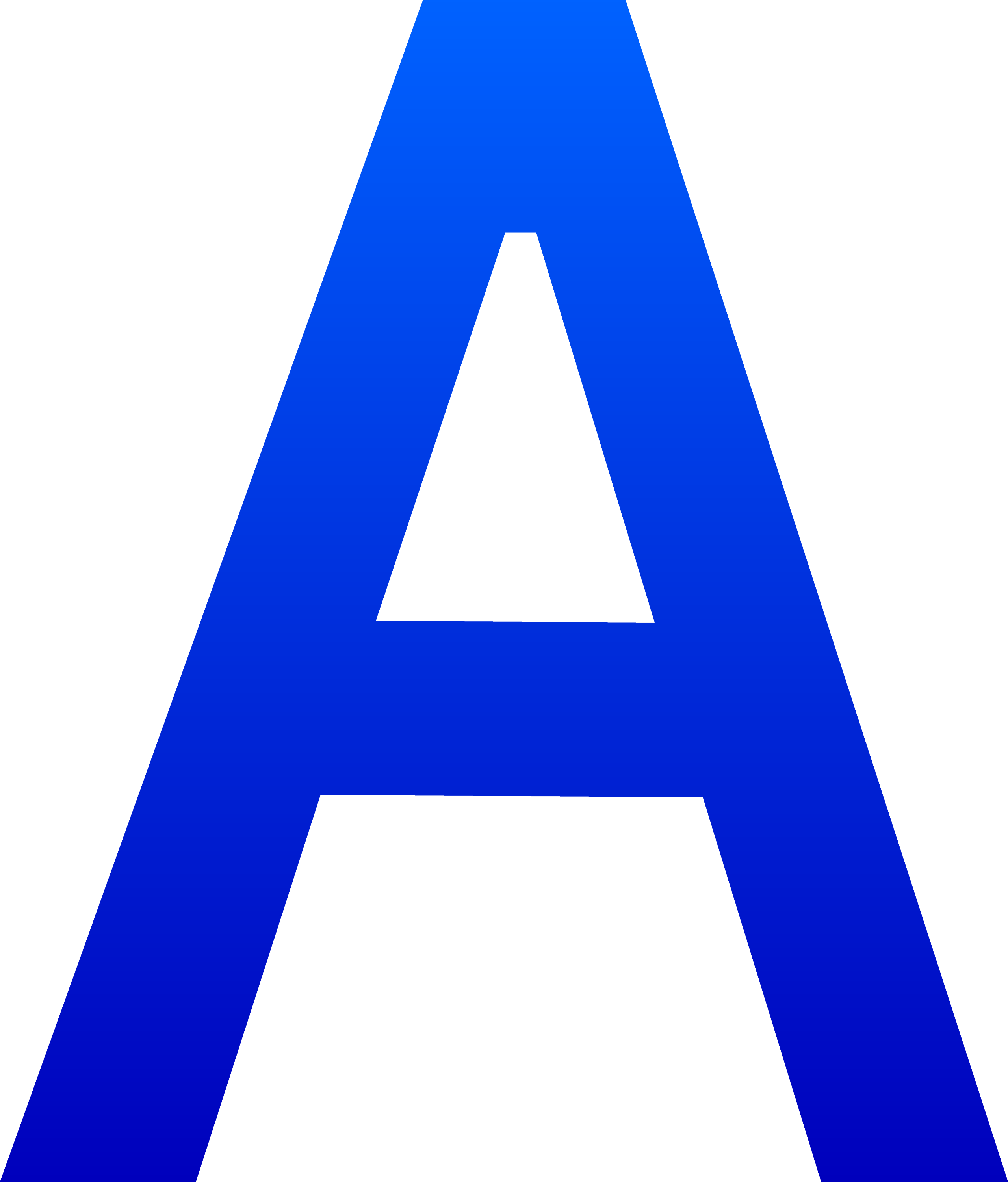à ½à °Ñ à °Ñ€à ¸à » à ¼à °Ñ€à ¸Ñ à »ÑŒ à °à »ÑŒà ´à °à ½ÑŒÑ - Fixing Digital Text Mix-Ups
Have you ever come across digital writing that just looks like a jumble of strange symbols? Perhaps you've seen things like "ë" or "Ã" pop up where proper letters should be, making everything hard to read. This sort of digital puzzle is something many folks deal with, and it can really mess with how we share ideas and information online, you know? It's a common issue that can turn a clear message into a confusing mess.
It turns out that getting computers to show text the right way, especially when it involves letters from many different languages, can be a little trickier than it sounds. Sometimes, instead of seeing a nice, neat apostrophe, you get something that looks like "’" or a whole string of odd characters. This can happen in all sorts of places, from your website's header to the information stored in a database, so it's almost a universal problem in the digital space.
This discussion will look into why these text mix-ups happen, what they mean for people trying to get their message across, and some practical ways to sort them out. We'll explore how someone like à ½à °Ñ à °Ñ€à ¸à » à ¼à °Ñ€à ¸Ñ à »ÑŒ à °à »ÑŒà ´à °à ½ÑŒÑ might approach these challenges, helping everyone make their digital words clear and easy to understand, which is pretty important.
- Deviantart Subscription Bypass Free
- Pivotal Weather
- Funpomcom
- Sondra Blust Only Fans Gratis
- When Was Fred Astaire Born And Died
Table of Contents
- Who is à ½à °Ñ à °Ñ€à ¸à » à ¼à °Ñ€à ¸Ñ à »ÑŒ à °à »ÑŒà ´à °à ½ÑŒÑ ? A Brief Look
- Early Life and Background of à ½à °Ñ à °Ñ€à ¸à » à ¼à °Ñ€à ¸Ñ à »ÑŒ à °à »ÑŒà ´à °à ½ÑŒÑÂ
- Personal Details for à ½à °Ñ à °Ñ€à ¸à » à ¼à °Ñ€à ¸Ñ à »ÑŒ à °à »ÑŒà ´à °à ½ÑŒÑÂ
- What Exactly Are These Jumbled Characters We See?
- Why Do We Get These Strange Text Displays with à ½à °Ñ à °Ñ€à ¸à » à ¼à °Ñ€à ¸Ñ à »ÑŒ à °à »ÑŒà ´à °à ½ÑŒÑ 's Digital Efforts?
- How Can We Deal with Garbled Text Issues?
- Using Tools to Fix Text Problems for à ½à °Ñ à °Ñ€à ¸à » à ¼à °Ñ€à ¸Ñ à »ÑŒ à °à »ÑŒà ´à °à ½ÑŒÑÂ
- What Can We Do to Prevent Future Text Mishaps?
Who is à ½à °Ñ à °Ñ€à ¸à » à ¼à °Ñ€à ¸Ñ à »ÑŒ à °à »ÑŒà ´à °à ½ÑŒÑ ? A Brief Look
While the name à ½à °Ñ à °Ñ€à ¸à » à ¼à °Ñ€à ¸Ñ à »ÑŒ à °à »ÑŒà ´à °à ½ÑŒÑ might not be instantly familiar to everyone, it represents a figure deeply involved with the behind-the-scenes work of making digital information flow smoothly. This person, or perhaps a group of people, really, stands for the effort to make sure that when you type something on your keyboard, it shows up exactly as you intended, no matter where it goes on the internet. Their work, you could say, touches on the very foundation of how we communicate in a world full of screens and keyboards. It's about ensuring that the words you write today are readable tomorrow, and that's a big deal.
The challenges faced by à ½à °Ñ à °Ñ€à ¸à » à ¼à °Ñ€à ¸Ñ à »ÑŒ à °à »ÑŒà ´à °à ½ÑŒÑ often revolve around what we call "character encoding." This is the way computers store and display letters, numbers, and symbols. When things go wrong here, you get those odd characters, like "Ã" or "Ãâ¢ã¢â€šâ¬ã¢â€žâ¢" instead of an apostrophe. It’s like trying to read a book where every other word is written in a secret code you don't know, and honestly, it can be pretty frustrating for anyone trying to use or build digital tools. Their dedication to sorting out these issues helps countless others avoid similar headaches.
Think of à ½à °Ñ à °Ñ€à ¸à » à ¼à °Ñ€à ¸Ñ à »ÑŒ à °à »ÑŒà ´à °à ½ÑŒÑ as someone who works to keep the digital language clear, making sure that what's typed is what's seen. This involves a lot of patience and a good eye for detail, as these problems can pop up in many different places, from how a web page is set up to how a database keeps its information. They are, in a way, the guardians of clear communication in the digital age, and that's really quite something.
Early Life and Background of à ½à °Ñ à °Ñ€à ¸à » à ¼à °Ñ€à ¸Ñ à »ÑŒ à °à »ÑŒà ´à °à ½ÑŒÑÂ
While specific biographical details about à ½à °Ñ à °Ñ€à ¸à » à ¼à °Ñ€à ¸Ñ à »ÑŒ à °à »ÑŒà ´à °à ½ÑŒÑ are not widely publicized, we can imagine a path that led to a deep interest in the inner workings of digital text. Perhaps their initial encounters with jumbled characters sparked a curiosity about why computers sometimes seem to speak in riddles. It's not hard to picture someone, maybe early in their career, wrestling with a website that displayed "à ½à °Ñ à °Ñ€à ¸à » à ¼à °Ñ€à ¸Ñ à »ÑŒ à °à »ÑŒà ´à °à ½ÑŒÑ " as gibberish, and deciding then and there to figure out the root cause of such digital confusion. This kind of hands-on experience, facing real-world text problems, often shapes a person's expertise in this area, you know?
It’s possible that their background includes a mix of computer science, linguistics, or even a passion for old-school typography, all of which would lend themselves well to solving these complex text puzzles. The ability to look at a string of seemingly random characters and trace it back to a specific encoding mistake requires a certain kind of detective work. This kind of problem-solving approach is something that à ½à °Ñ à °Ñ€à ¸à » à ¼à °Ñ€à ¸Ñ à »ÑŒ à °à »ÑŒà ´à °à ½ÑŒÑ would likely have developed over time, facing one tricky text issue after another. They would have learned the hard way, probably, about the importance of setting up things like UTF-8 for web pages and databases correctly from the start.
We can also guess that their work involves a good deal of sharing knowledge, maybe helping others avoid the very same mistakes they once encountered. When you've seen a production system fail because characters got messed up during a backup, you become a strong advocate for proper text handling. So, in a way, à ½à °Ñ à °Ñ€à ¸à » à ¼à °Ñ€à ¸Ñ à »ÑŒ à °à »ÑŒà ´à °à ½ÑŒÑ embodies the spirit of persistence and problem-solving that's so important in the digital world, especially when it comes to something as basic as readable text. It's a testament to dedication, honestly.
Personal Details for à ½à °Ñ à °Ñ€à ¸à » à ¼à °Ñ€à ¸Ñ à »ÑŒ à °à »ÑŒà ´à °à ½ÑŒÑÂ
| Attribute | Detail |
|---|---|
| Full Name | à ½à °Ñ à °Ñ€à ¸à » à ¼à °Ñ€à ¸Ñ à »ÑŒ à °à »ÑŒà ´à °à ½ÑŒÑ |
| Area of Expertise | Digital Text Encoding and Data Integrity |
| Known For | Troubleshooting character display issues across various platforms and databases |
| Key Contributions | Advocacy for proper UTF-8 implementation; insights into data corruption prevention |
| Approach to Problems | Systematic, patient, with a focus on root causes and practical solutions |
| Impact | Helps ensure clear and accurate digital communication for users globally |
What Exactly Are These Jumbled Characters We See?
When your screen shows "ë," "ã," or "ã¬" instead of the letters you expect, you're looking at what happens when a computer tries to read text using the wrong set of rules. Think of it like trying to play a record on a CD player; the information is there, but the machine doesn't know how to make sense of it. These strange symbols often appear because the system that's showing the text is expecting one way of coding the characters, but the text itself was saved using a different way. This is a common hiccup, especially when dealing with content that has special letters, like those with accent marks, which is pretty common in many languages.
For example, the letter "Ã" is actually a letter from the Latin alphabet that has a little wavy line, called a tilde, on top of the "a." It's used in languages like Portuguese, Guarani, Kashubian, Taa, Aromanian, and Vietnamese. So, when you see "Ã" pop up unexpectedly, it usually means that a system meant to show a different character, perhaps a simple "a" or another accented letter, got confused and displayed the wrong thing. It's a bit like a translator getting their wires crossed, you know?
Then there are all the different ways the letter "a" can show up with various accent marks: "à," "á," "â," "ã," "ä," "å." These marks are super important in many languages because they can change how a word sounds or even what it means. When these characters get jumbled, like seeing "Ã" instead of "è," it's a clear sign that the computer isn't speaking the same language as the text it's trying to show. This can be a real headache for anyone, including à ½à °Ñ à °Ñ€à ¸à » à ¼à °Ñ€à ¸Ñ à »ÑŒ à °à »ÑŒà ´à °à ½ÑŒÑ , who relies on clear text for their work or everyday online activities.
Why Do We Get These Strange Text Displays with à ½à °Ñ à °Ñ€à ¸à » à ¼à °Ñ€à ¸Ñ à »ÑŒ à °à »ÑŒà ´à °à ½ÑŒÑ 's Digital Efforts?
The main reason these digital text mix-ups happen usually comes down to something called "character encoding." Imagine every letter, number, and symbol having a unique number code. Character encoding is the system that decides which number goes with which character. The most widely used system today is UTF-8, which can handle pretty much every character from every language around the world. However, if your website says it's using UTF-8, but your database or the text file itself is saved in an older, different system, that's when the trouble starts. It's like having two people speak different dialects of the same language; they almost understand each other, but not quite, and that leads to confusion.
One common scenario, as someone like à ½à °Ñ à °Ñ€à ¸à » à ¼à °Ñ€à ¸Ñ à »ÑŒ à °à »ÑŒà ´à °à ½ÑŒÑ might tell you, involves a web page's header claiming to use UTF-8, while the database holding the text is set up differently. So, when the page pulls text from the database, the characters get scrambled. For instance, you might try to fix things in PHP, a popular web programming language, only to find that a function like `utf8_decode()` just can't make sense of the messed-up characters. It's really quite challenging to untangle once it's gone wrong.
Another frustrating situation happens when you're moving data around. Someone once had to restore a live system from a backup, only to discover that all the characters in the restored data were completely corrupted. Imagine that! What was supposed to be a safety net turned into a bigger problem. Or, when looking at text in a database tool like phpMyAdmin, an apostrophe might show up as "Ãâ¢ã¢â€šâ¬ã¢â€žâ¢," even if the field type is set to "text" and the way it sorts characters is "utf8_general_ci." This shows that the problem isn't always with the storage itself, but how different programs interpret the stored data. It's a bit of a digital ghost in the machine, really.
Even different software applications can struggle with the same data. In one case, a program called Xojo pulled text from a Microsoft SQL Server, and an apostrophe, which looked perfectly normal in the SQL manager, appeared as "’" in the Xojo application. This just goes to show that these text display problems can pop up at any point in the digital chain, from the moment you type a letter to when it's finally displayed on a screen. It's definitely not a simple fix, and that's why people like à ½à °Ñ à °Ñ€à ¸à » à ¼à °Ñ€à ¸Ñ à »ÑŒ à °à »ÑŒà ´à °à ½ÑŒÑ spend so much time figuring it all out.
How Can We Deal with Garbled Text Issues?
When you're faced with a screen full of garbled text, it can feel a bit like trying to read ancient hieroglyphs without a guide. The key is to figure out where the confusion started. Was the text saved incorrectly? Is the web page trying to display it with the wrong settings? Or is there a mismatch between a database and the program that's trying to pull information from it? For someone like à ½à °Ñ à Â

Soul Mining – Giclée Print - THE THE

The Letter A - Free Clip Art

Iu Wallpaper (68+ images)